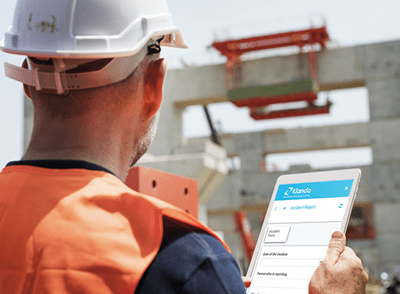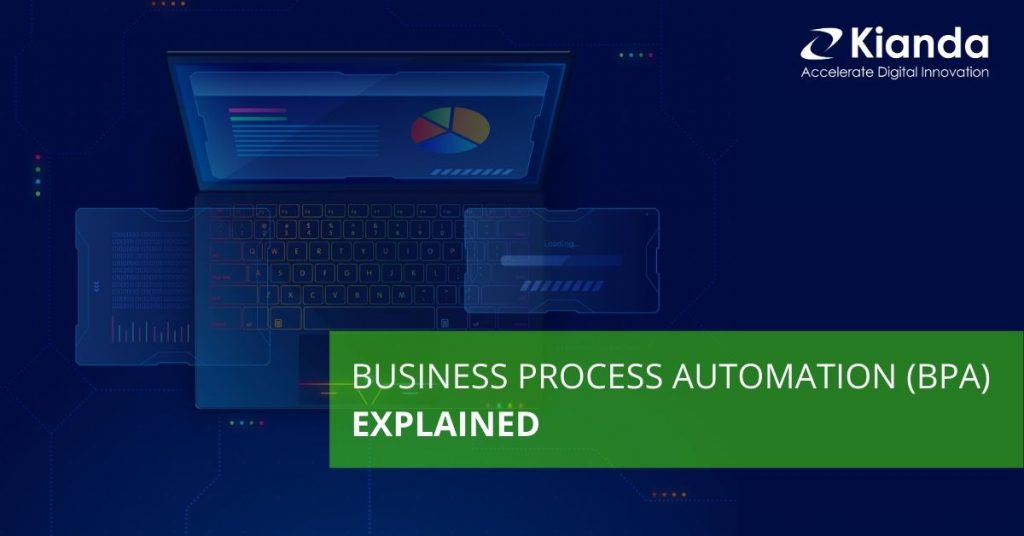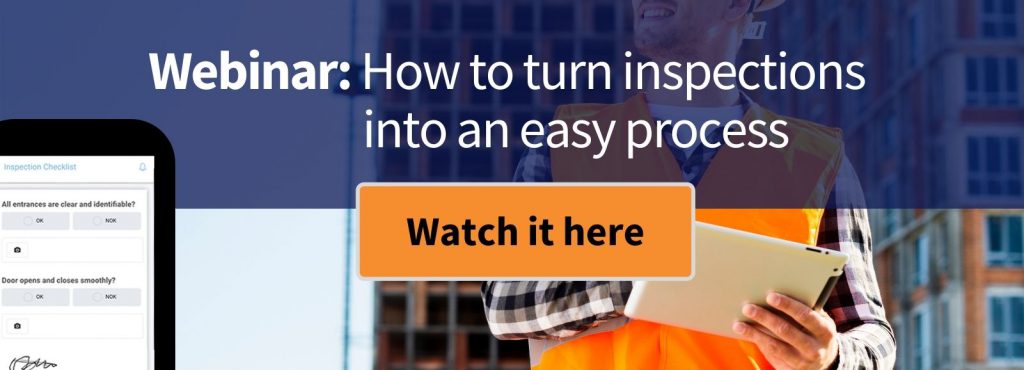
Employee onboarding software is on the rise to correct the inefficiencies with manual employee onboarding and induction processes.
Employers spend a lot of resources on recruiting the right talent but not enough on employee onboarding and induction. Over 20% of staffing turnover that companies suffer occurs in the first 45 days. Imagine the cost of recruiting, training and breaking in a new worker only to have to hire another one two months later.
It means that when you don’t invest in an employee retention strategy your company can incur significant monetary losses by year-end.
HR employee onboarding process should be integrated into the recruitment plan
Employee onboarding and induction processes are designed to minimise this risk. Simply by improving the competency, productivity and satisfaction of workers. This process is an opportunity to sell your organisation to an employee. It is why HR employee onboarding process should be integrated into the recruitment plan.
The construction sector is no different than any other sector. Companies in construction deal with people from professional employees to workers in the skilled labour trades. Onboarding of employees serves as a starting point to introduce a culture of the organisation.
Trying to keep key employees has always been vital to the long-term success, for any industry/sector. But, especially for construction sector. Not only in terms of onboarding employees. But, a properly managed and monitored induction is vital.
Employees without proper health and safety inductions tend to have a higher tendency for negligence to regulations.
Moreover, these workers are also prone to injuries and fatalities. Simply, because of misinformation to properly deal with hazards in the workplace. Employee onboarding and induction processes ensure workers are fully informed about the organization and are aware of their responsibilities.
Technology and employee onboarding
Over the years, technology changed how construction companies conduct their employee onboarding. For example, the availability of the internet has changed how people communicate. Also, people have easy access to information.
Relationships are easy to manage now, and that is part of a great induction process. Digital construction onboarding relies on software and other tools to assist in the different elements. Employee onboarding software like the one Kianda offers simplifies the entire process from start to finish.
The digitalisation of the employee onboarding process comes with certain benefits like cost-efficiency, reliability and speed.
Companies in the construction sector that lag on their employee induction process should understand the various benefits that it offers. That way, they can capitalise.
Concrete Foundations
Initial experience that an employee has about your company is vital. It shapes how workers perceive their stay in the organisation.
How you handle employees during the induction process will determine if they stick with you or not.
A construction or engineering company can use employee onboarding software to accelerate the set up of the company’s foundation. In which, employees will develop their careers.

A rewarding employee onboarding and induction process should strive to mentor, educate and support individuals. Moreover, employees should see that their employer is interested in them as individuals. And, not only as resources to help achieve the bottom line.
Workers should have the fundamental basics of the duties that they are supposed to carry out. Additionally, they must know the company culture to make it easy to them to acclimate.
All these elements contribute to a strong foundation that will give an employer confidence.
Enhance safety
The construction sector has many health and safety requirements that employees have to meet. For instance, in the case when bringing in new people for a project. A supervisor or project leader must ensure that each member is up to date on the latest safety standards.
The building industry has some of the biggest numbers of workplace injuries. Some of the accidents can be fatal. Failure to observe safety standards can cost a company millions in injuries and lawsuits.
A good way to prevent that is, to provide proper training and information for every work. Employee induction is one of the HR processes that offer this. Hence the importance of a well structured and functional system.
Implementing a digital employee onboarding and induction application in your business will assist workers in learning critical aspects. For example, project processes, equipment handling and safety protocols.
In short, employee onboarding software makes it easy for a company to track what employees are learning. And, it prevents some things from falling through the cracks.
Reduce costs
The expenses that come with the onboarding process is one reason a number of building companies don’t bother investing in it. Establishing training programs for different new hires and offering them the right resources can be expensive. Especially for small enterprises. However, business process automation comes with enticing cost savings that make the investment worth it.
Unlike physical employee onboarding, you don’t have to rent training space, hire trainers or travel to remote locations to get required information. Recruits can get when what they need from anywhere they are.
Another way you reduce costs is by improving employee retention rate. A well thought-out employee onboarding process will help keep your workers loyal. Meaning, you don’t lose money on recruiting new hires every few months.
Save time and boost production
Business process automation ultimately reduces paperwork for your staff. Admin tasks that several different departments are required to take action before a new hire can start can all be digitalised.
This aims to transform paper forms and questionnaires to digital forms with automated notifications. As a result, digitalisation will enable better management for the entire process. That is, from pre-employment and onboarding to induction stages.

Onboarding alone requires employees to fill different forms that can take time when doing it the old-fashioned way. Using paper forms is outdated and drains resources.
On the other hand, digitally managing this process significantly saves time. Simply, employee onboarding software makes these forms available to employees at anytime, anywhere.
An employee onboarding software like Kianda platform allows you to completely eliminate use of paper.
By doing so, your business not only engages in sustainable initiatives, but saves critical time too. Additionally, a digital employee onboarding process is faster which enables managers to carefully hire new employees. That is, rather than rushing the process with improper decision making.
Besides the paperless forms, staff don’t have to travel for the induction procedure, and that saves time. Not to mention, reducing the need to travel for this process lowers expenses, allowing you to save costs.
The less time that managers spend on the employee onboarding process, the more time they have to dedicate to other duties. Subsequently, time savings lead to enhanced productivity. Particularly for a workforce that knows how to capitalise on every available opportunity.
Companies with poor retention rate lose a lot of time. Calculate the time it takes to recruit the right candidates for certain positions then train them. Imagine losing even a single employee after investing that time. The HR employee onboarding process, when done right, saves you this time wastage.
Reaching workers anywhere
Technological advances have allowed building companies to have projects across different regions. With digital employee onboarding, an enterprise can easily get to employees who are far away.
Just because you have remote workers a thousand miles away doesn’t mean that they have to travel to the headquarters for induction or you have to incur extras costs to train them from where they are.

Employee onboarding software allows regional and global enterprises to give their employees the training and support that they require. You only need the necessary devices for remote workers and employees in different parts of the globe to access the same material.
Digital process automation ensures that you can give your company flexibility without letting some elements suffer. All workers will have access to the same quality of training.

Customisation of induction procedures
Enterprises have an easy time customising onboarding programs when using specialised software.
Workers at a building company have wildly varying roles, meaning that the induction processes are not always the same. Workplace-specific induction is a mandatory requirement in the building sector.
A company can go further and offer task-specific onboarding.
For instance, employees at a site who have to work at heights might receive training on the use of fall arrest equipment. The engineering department can have different onboarding from the contractors.
The advantage of this is that project leaders, managers and supervisors don’t have to spend time onboarding staff members for roles that don’t apply to them.
Digital employee onboarding promotes continuous learning
Employees should be able to keep up with the dynamic times in which they work. Various elements in the building sector change with time.
One day a worker is using this machine, and next month a different type comes around.
Employee onboarding software makes it possible for an organisation to provide continuous learning to its people. Onboarding is not a clear cut process and, therefore, some aspects will evolve with time.
With employee onboarding software, you can ensure that your company doesn’t miss any steps as it grows. You can reduce the risk of your employees getting left behind as other building businesses leverage evolving technologies.
Besides making your company safe, you get to build its reputation. A company that is always updated in its business operations is attractive to employees and clients.
Onboarding is one of the HR processes that can shape or break your company. The induction procedure lets an enterprise show its support to employees through training, mentorship and education.
Digital employee onboarding allows you to do this excellently.




Comments are closed.